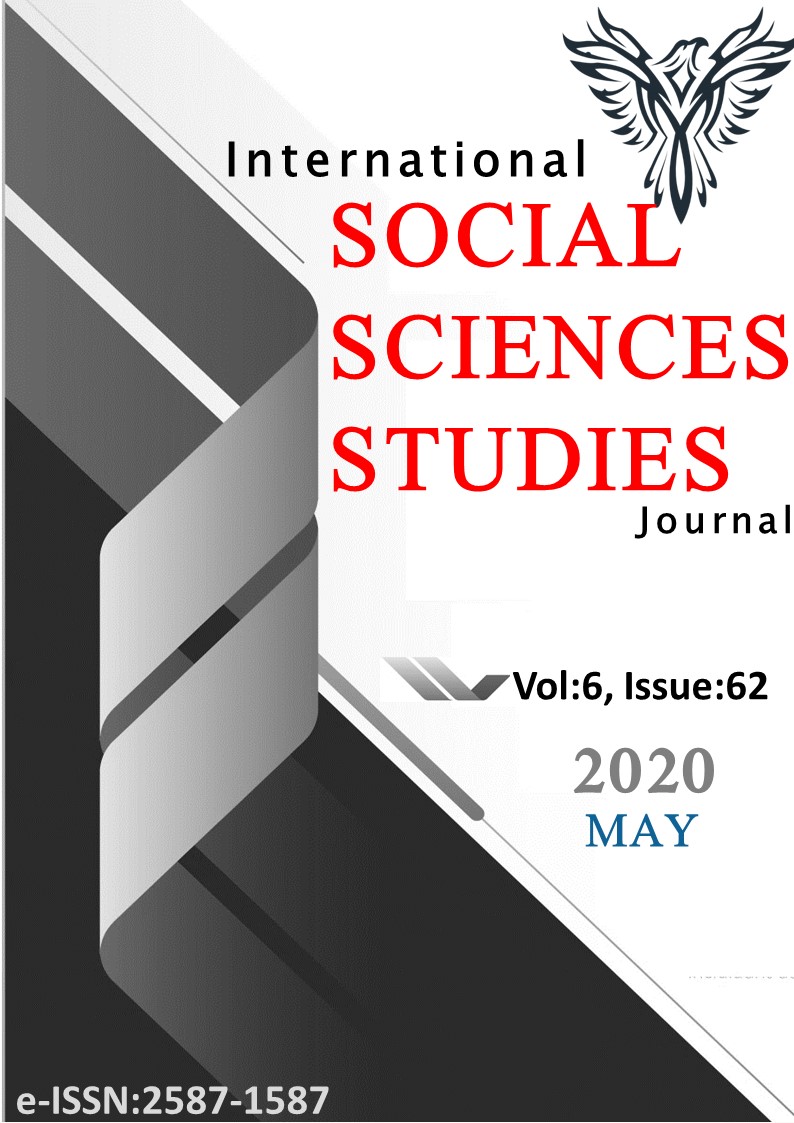Author :
Abstract
Kruvaziyer endüstrisi, turizm endüstrisinde en büyük büyüyen sektörlerden biridir. Büyük yolcu gemilerinin çoğu, yolcuların yeme, içme ve hatta alışveriş ihtiyaçlarını karşılayan yüzen oteller sunan kendi “gemi ekonomilerini” işletmektedir. Gemiler, yerel yiyeceklerin ve ürünlerin kolayca bulunabildiği yerlerde bile ihtiyaç duydukları tüm malzemeleri gemide taşıyabilmektedirler. Bu durum kruvaziyer gemilerin kendi tüketim kültürlerini oluşturmalarını sağlamıştır. Bu makale, kruvaziyer turizm endüstrisini ekonomik kalkınmanın itici gücü olarak anlamak için ekonomik bir yaklaşımı göstermektedir. Hedef, kruvaziyer endüstrisinin rolünü ve faaliyetlerini tanımlamak ve kruvaziyer turizmi hakkında daha bilinçli yerel politika kararları verilebilecek ekonomik fayda ve maliyet kaynaklarını tanımlamaktır. Ayrıca bu çalışma, kruvaziyer turizm sektöründeki mevcut eğilimlerin, Disneylandlaşma ve McDonaldlaşması tezini destekleyen dört temel ilkeyi ne ölçüde örneklediğini araştırmaktadır. Temel ilkelerle tutarlı niteliklere sahip bazı kruvaziyer sektörler vardır: verimlilik, hesaplanabilirlik, öngörülebilirlik, kontrol. Bununla birlikte, bu gemiler aynı zamanda bu ilkelerin bazılarıyla tutarsız olan nitelikler de sergilerler. Risk ve Fordizm sonrası kişiselleştirme, kruvaziyer turizmi bazen Disneylandlaşma ve McDonaldizasyon teziyle bağdaştırmayı zorlaştırmaktadır.
Keywords
Abstract
The cruise industry is one of the largest growing sectors in the tourism industry. Many of the larger cruise ships run their own ‘ship economies’ providing floating hotels that satisfy most of the eating, drinking and even shopping needs of the passengers. Ships can carry all the supplies they need on board and often do so even where local food and goods is easily available. This enabled cruise ships to form their own consumption culture. This paper illustrates an economic approach to understanding the cruise tourism industry as a driver of economic development. The objective is to describe the role and activities of the cruise ship industry and identify sources of economic benefit and cost such that more informed local policy decisions about the cruise ship tourism might be made. Also, this paper explores the extent to which current trends within the cruiseship sector exemplify the five core principles that underpin Disneylandization and McDonaldization thesis. There are some ships that possess attributes consistent with the core principles: Efficiency Calculability, Predictability, Control. However, these vessels also exhibit qualities that are, in certain ways, inconsistent with some of these principles. Risk and post-Fordist customization, for example, have influenced cruise tourism in ways that are sometimes difficult to reconcile with Disneylandization and McDonaldization thesis.
Keywords
- İncedere, L. (2020). “Kruvaziyer Turizmde Mcdonaldlaşma ve Disneylandlaşma” International Social Sciences Studies Journal,
- (e-ISSN:2587-1587) Vol:6, Issue: 62; pp:1965-1972. KRUVAZİYER TURİZMDE MCDONALDLAŞMA VE DİSNEYLANDLAŞMA McDonaldization and Disneylandization in Cruise Tourism Dr. Leman İNCEDERE Ege Üniversitesi, Sosyal Bilimleri Enstitüsü, Coğrafya Bölümü, İzmir/Türkiye ÖZET Kruvaziyer endüstrisi, turizm endüstrisinde en büyük büyüyen sektörlerden biridir. Büyük yolcu gemilerinin çoğu, yolcuların yeme, içme ve hatta alışveriş ihtiyaçlarını karşılayan yüzen oteller sunan kendi “gemi ekonomilerini” işletmektedir. Gemiler, yerel yiyeceklerin ve ürünlerin kolayca bulunabildiği yerlerde bile ihtiyaç duydukları tüm malzemeleri gemide taşıyabilmektedirler. Bu durum kruvaziyer gemilerin kendi tüketim kültürlerini oluşturmalarını sağlamıştır. Bu makale, kruvaziyer turizm endüstrisini ekonomik kalkınmanın itici gücü olarak anlamak için ekonomik bir yaklaşımı göstermektedir. Hedef, kruvaziyer endüstrisinin rolünü ve faaliyetlerini tanımlamak ve kruvaziyer turizmi hakkında daha bilinçli yerel politika kararları verilebilecek ekonomik fayda ve maliyet kaynaklarını tanımlamaktır. Ayrıca bu çalışma, kruvaziyer turizm sektöründeki mevcut eğilimlerin, Disneylandlaşma ve McDonaldlaşması tezini destekleyen dört temel ilkeyi ne ölçüde örneklediğini araştırmaktadır. Temel ilkelerle tutarlı niteliklere sahip bazı kruvaziyer sektörler vardır: verimlilik, hesaplanabilirlik, öngörülebilirlik, kontrol. Bununla birlikte, bu gemiler aynı zamanda bu ilkelerin bazılarıyla tutarsız olan nitelikler de sergilerler. Risk ve Fordizm sonrası kişiselleştirme, kruvaziyer turizmi bazen Disneylandlaşma ve McDonaldizasyon teziyle bağdaştırmayı zorlaştırmaktadır. Anahtar Kelimeler: Kruvaziyer Turizm, Ekonomik Gelişme, Disneylandlaşma ve McDonaldizasyon





